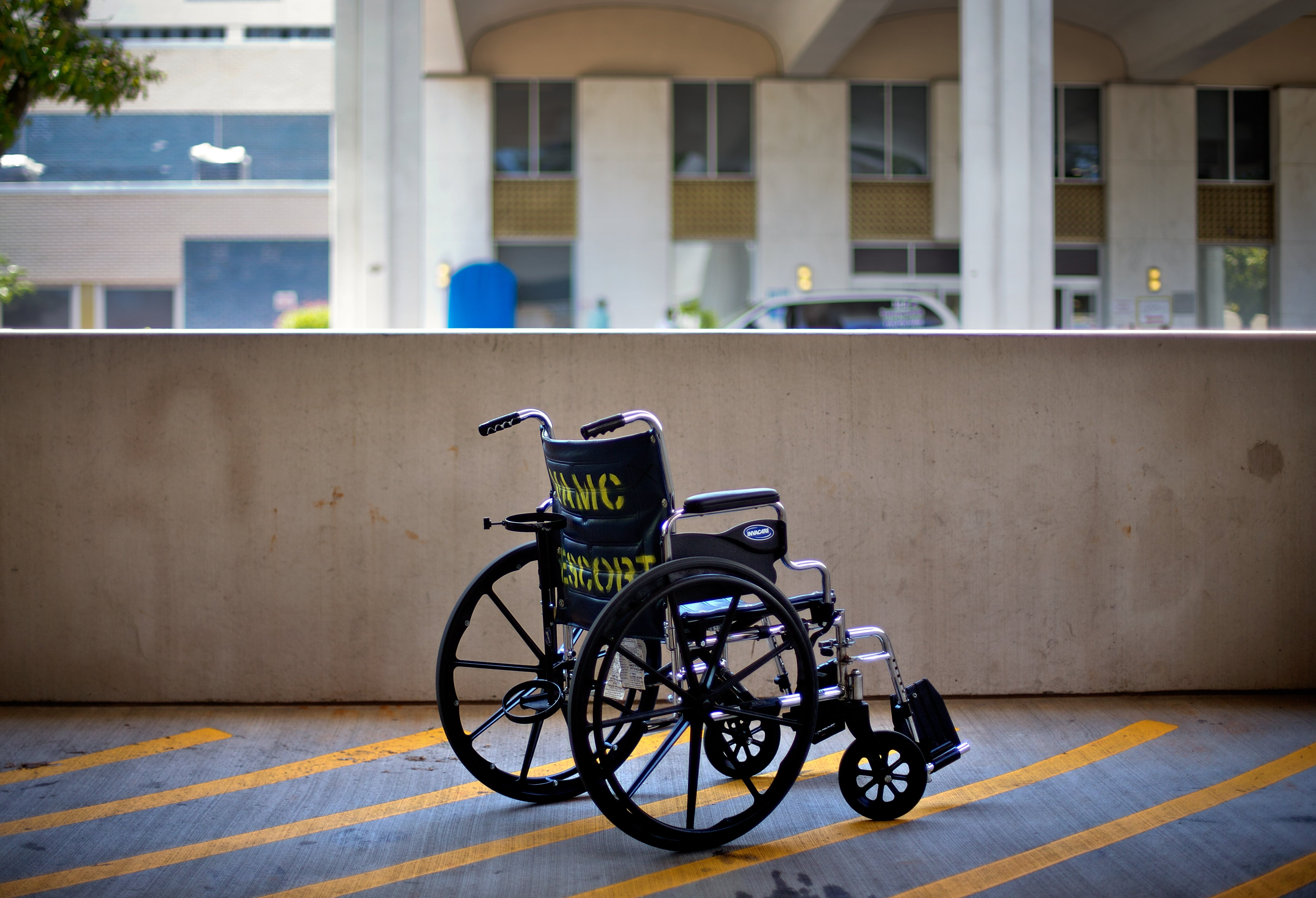Beginning this month, commanders across the active-duty Army will be able to pull up a detailed profile of any individual soldier in their command from a vast database of personal information, with information ranging from their last weapons qualification to whether they have debt problems or just got divorced. .
The Commanders Risk Reduction Toolkit is the newest iteration of a six-year-long project that started with a kind of computer dashboard to give leaders a snapshot of the status of their troops. What the newest version will do is also allow them to look at echelons higher within their chain of command to see how their soldiers compare in regards to risk trends in the force.
“This enables the Army to see itself,” said Miranda Coleman, product lead for Army Vantage in the Program Executive Office-Enterprise Information Systems.
RELATED

A version of the program for the Army Reserve is expected next year.
Coleman spoke alongside Mike Biggerstaff, functional lead for the toolkit program and Randy Lane, the Army’s director of analytical assessments, at the virtual Association of the U.S. Army Annual Meeting and Exposition.
“It provides a consolidated picture of soldier risk and trends that are intended to help leaders develop proactive strategies and strengthen soldiers in units,” Lane said.
The databases include information from the defense joint military pay system, the Pentagon’s suicide event report, criminal activity, drug and alcohol incidents, domestic violence reports, duty limiting medication prescriptions, accidents, injuries, deployment history and various job-specific ratings such as training, physical fitness and marksmanship.
There are a total of 40 risk factors that are assessed and collected for commanders to consider.
But not all of that data will be viewed by everyone in the chain of command.
Company and battalion commanders, along with company and battalion first sergeants, will only have access to the detailed information about soldiers within their command, panelists said.
At the brigade or higher levels, leadership will be able to see data in aggregate, part of an effort to spot trends among units or in timelines.
“It was only designed to alert those leaders that there may be a problem and try to bring together many of the different behaviors and risk factors so that they could see the potential interaction of those factors, and maybe see an elevated risk for their soldiers and then contact the [appropriate] subject matter experts,” Lane said.
The aim, developers and Army leaders said, is to better evaluate and create a shared real-time view of unit readiness, which starts with the individual soldier.
Risk factors, such as non-deployable status, stressors that may impact performance and unmet training requirements, all fall into the mix of items that can prevent troops from reaching readiness goals for the Army.
Protected data won’t be listed. For instance, a profile would only say whether or not a soldier has a “duty-limiting” medication prescription and when it was last filled. It will not state the medication, Coleman said.
The dashboard timelines don’t start today. They have data in most categories going back 10 years, which can help users see longer-term timeline trends and performance.
A major focus is to use this tool to spot risk trends before they result in an incident. For instance, suicide prevention. A combination of factors can show commanders that a particular soldier might need assistance or observation to ensure he or she is getting the necessary help.
In the past, post-suicide review boards would come together to share data and learn from what happened. Connecting the multitude of events that may have led to the person taking their life helped better understand some of the factors, but was obviously too late to help that soldier, panelists said.
“We’re hoping instead of reacting to the manifestation to high risk behaviors — suicide, DUI, substance abuse problems — we’re hoping we get enough of an indicator to intervene,” Lane said.
As commanders use the tool and report their data, panelists expected that within the next one to two years they could have tailored results on how effective it has been in potentially preventing or correcting risky behaviors, panelists said.
Todd South has written about crime, courts, government and the military for multiple publications since 2004 and was named a 2014 Pulitzer finalist for a co-written project on witness intimidation. Todd is a Marine veteran of the Iraq War.





